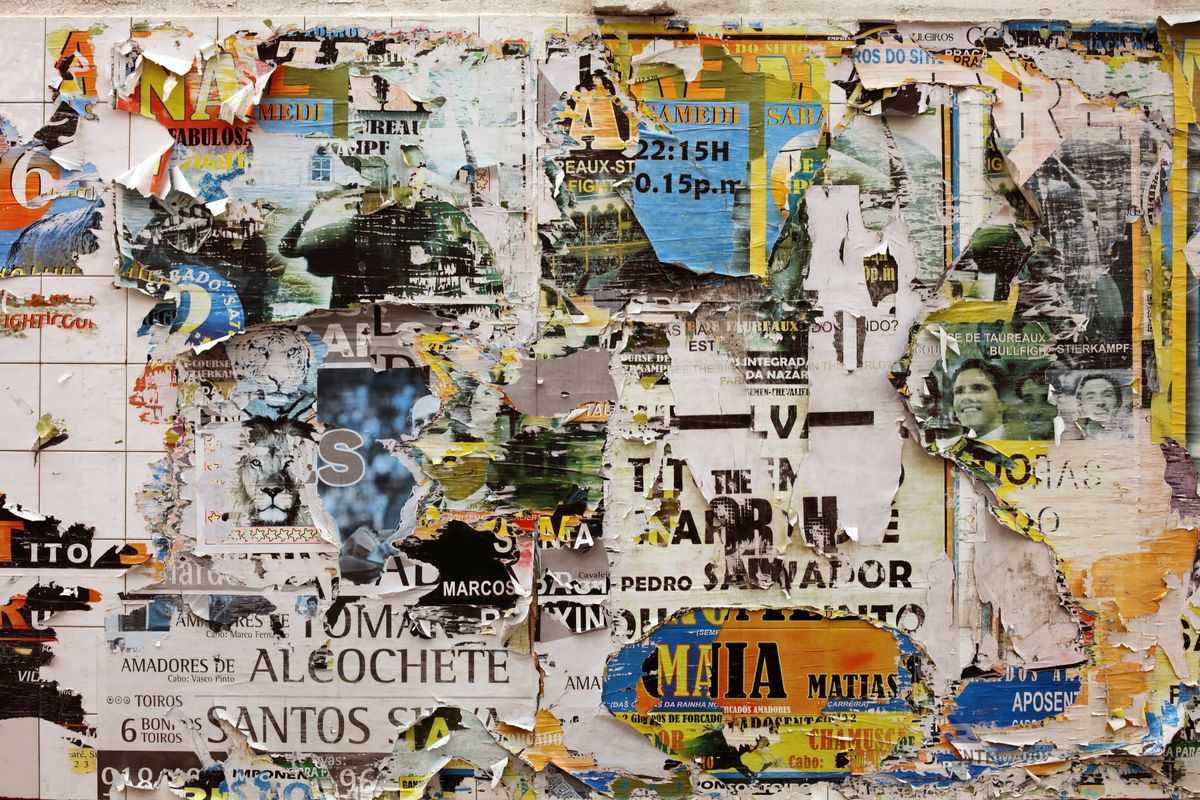Jacques Derrida and Digital Photography

Jacques Derrida and Digital Photography
'Previously, erasures and added words left a sort of scar on the paper or a visible image in the memory. There was a temporal resistance, a thickness in the duration of the erasure. But now everything negative is drowned, deleted; it evaporates immediately, sometimes from one instant to the next.’[1]
What Derrida[2] says about the word processor, we can say about digital photography. The destruction of an analogue photo is a physical act. You must hold it, rip it apart, and dispose of it. It’s a tangible erasure. Deleting a digital image is a few soft taps on a screen. It seems less brutal, but the detachment amplifies the violence. We simplify the act of elimination. We diminish its emotional impact. We turn raw emotion into a routine.
Jacques Derrida, 'The Word Processor', in Paper Machine (Stanford University Press, 2005), pp. 19-32 (p.24). ↩︎
Jacques Derrida (1930–2004) was a French philosopher best known for developing deconstruction theory. His work challenged traditional ideas about language, meaning, and the very foundations of Western philosophy. Although often associated with post-structuralism, Derrida's influence extends across multiple disciplines, including literature, law, and politics. ↩︎